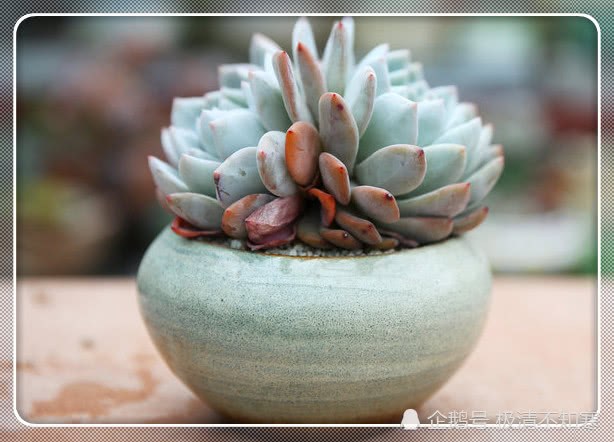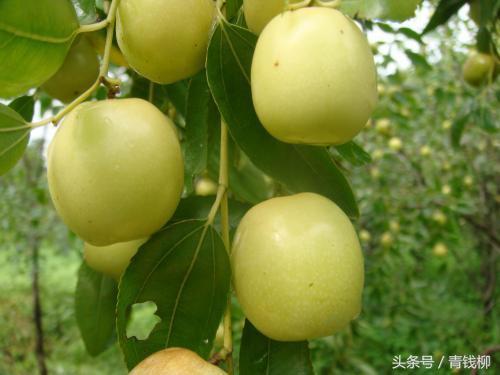Propagation, cultivation and Management techniques of Garden Flower seedlings

Propagation, cultivation and Management techniques of Garden Flower seedlings
The breeding, cultivation and management of flower seedlings is not only the basis of landscaping construction, but also an important part of landscaping. The demand for flower seedlings in garden construction is increasing, and the requirements for the propagation, cultivation and management techniques of flower seedlings are getting higher and higher. Therefore, we must pay more attention to the cultivation of flower seedlings in landscaping construction, constantly improve the professional accomplishment and technical level of landscape designers and managers, and improve the quality of landscaping construction. to meet people's needs for living and ecological environment.
1 ecological characteristics
1.1 herbaceous flowers
Herbaceous flowers can be divided into annual flowers, biennial flowers, indoor foliage plants, bulb flowers, perennial root flowers and pulpy flowers and so on. Different flower species have different ecological habits and growth conditions, and have different requirements for growth environment. Take annual flowers as an example, their growth cycle is slightly shorter and their cold tolerance is poor, so they are suitable for sowing in spring and blooming in summer and autumn. the common annual flowers are cockscomb, marigold and peacock flowers; compared with annual flowers, biennial flowers have stronger cold tolerance and are suitable for sowing in autumn and winter, and blooming in spring. Common biennial flowers include pansy, violets and carnation. Perennial flowers are perennial flowers, which have strong growth cycle and long survival time. The common perennial flowers are peony, asparagus and African chrysanthemum.
1.2 Woody flowers
Woody flowers are mainly divided into shrubs, vines and trees. Shrub flowers usually grow in clusters, without obvious trunk and side branches, such as rose, primrose and peony, etc. Liana flowers are mostly deciduous vines, which need to be attached to other objects before they can grow; Arbor flowers are mainly divided into evergreen trees and deciduous trees, with tall and straight plants, distinct trunks and luxuriant side branches, such as cherry blossoms, crape myrtle and plum blossoms.
2Propagation and cultivation techniques
2.1 sowing techniques
In the construction of landscaping, sowing is the most commonly used breeding technology, which is easy to operate and has a wide range of applications. it is a commonly used method in the reproduction and cultivation of garden flower seedlings, but the defect of this method is also obvious. that is, the survival rate of flower seeds is not high. Therefore, generally speaking, flower seeds can be treated before sowing, so as to improve the seed germination rate by shortening the germination time of flower seeds, so as to improve the seed survival rate. At the same time, some measures should be taken to control the growth rhythm of flowers, the flowers with the same growth rhythm are more convenient to manage, and make the garden flowers more beautiful, and improve the quality of landscaping construction to a certain extent.
2.2 Cuttage technique
Different from sowing technology, cutting technology uses the vegetative organs of flowers as materials for propagation, and its process is to bury the vegetative organs of flowers growing to a certain stage in the soil to make them grow into new plants. The plants cultivated by this technique can adapt to the environment and climate well, so the survival rate is also quite high. However, different varieties of flowers can be used for reproduction of different vegetative organs, which requires the relevant landscaping staff to have a full understanding and understanding of the vegetative organs of different kinds of flowers, so as to make better use of cutting technology. carry out the reproduction and cultivation of garden flower seedlings. For example, the vegetative organs that crape myrtle and pomegranate can be used for reproduction are mature branches, rose, sweet-scented osmanthus and rhododendron should use mature branches and leaves as cuttings, while American Lingxiao and cloves should use root segments for cutting.
2.3 grafting technique
Through the grafting technique, the vegetative organs of one kind of flower are grafted onto another plant, and two different flowers can be combined into a new plant. This technology requires a high technical level of garden staff, as well as the grafting time of flowers and the selection of rootstocks. Therefore, garden staff must fully understand the growth habits of flowers and master grafting techniques skillfully. In order to ensure the survival rate of grafted plants, attention should be paid to controlling light intensity, temperature and humidity during and after grafting. Generally speaking, there are many commonly used grafting methods, such as relying on grafting, cutting, splitting, lip bud grafting, square bud grafting and tender branch grafting and so on.
3 key points of cultivation and management
3.1 planting
In the cultivation of garden flower seedlings, the selection of suitable soil is the focus of the work. Usually, landscaping workers use rotten leaf soil, garden soil, leaf fiber and perlite and other materials to prepare cultivated soil. In the process of cultivation, the root damage of seedlings should be avoided or reduced, and the pot should not be too deep, so as to facilitate the seedlings to absorb water and fertilizer. After the plants are mature, the pots should be changed regularly to meet the nutritional needs of flower growth and ensure the healthy growth of flowers.
3.2 Water and fertilizer management
Reasonable water and fertilizer management is the key to promote the growth of flowers and plays a very important role in the healthy growth of flowers. Garden workers should reasonably arrange the watering time and cycle of flowers, and the water used for watering should be mild soft water; while fertilization requires staff to decide according to the law of fertilizer demand and actual growth of flowers, and flexibly adjust the times of fertilization with the change of season and climate to make flowers fully absorb nutrients.
3.3 Pest prevention
We should have a comprehensive understanding of the period of flower pests, regularly monitor the growth of flowers in the period of high incidence of insect pests, and formulate corresponding control strategies. For different kinds of flowers, appropriate control agents must be selected to prevent flowers from being affected by insect pests in the process of growth.
- Prev

The succulent state is poor in autumn. Hurry up with this action to make it full of life.
With the coming of autumn, the temperature is slowly dropping, and friends who like succulent plants can start. The leaves of this kind of plants are usually fat and rich in water, many of which grow in desert areas. Our small meat is no exception, outside the oval leaves.
- Next

Introduction performance and cultivation techniques of a New early ripening fresh Jujube Variety Wanzao No.3
Introduction performance and cultivation techniques of a new early-maturing fresh jujube variety Wanzao 3 is a new southern fresh jujube variety bred from Anhui local jujube germplasm resources by the Institute of Horticulture, Anhui Academy of Agricultural Sciences.
Related
- Wuhan Hospital Iron Tree Blooming Result Was Instantly Frightened by the Gardener Master
- Which variety of camellia is the most fragrant and best? Which one do you like best?
- What is the small blue coat, the breeding methods and matters needing attention of the succulent plant
- Dormancy time and maintenance management of succulent plants during dormancy
- Minas succulent how to raise, Minas succulent plant pictures
- What are the varieties of winter succulent plants
- How to raise succulent plants in twelve rolls? let's take a look at some experience of breeding twelve rolls.
- Attention should be paid to water control for succulent plants during dormant period (winter and summer)
- Watering experience of twelve rolls of succulent plants
- Techniques for fertilizing succulent plants. An article will let you know how to fertilize succulent plants.

